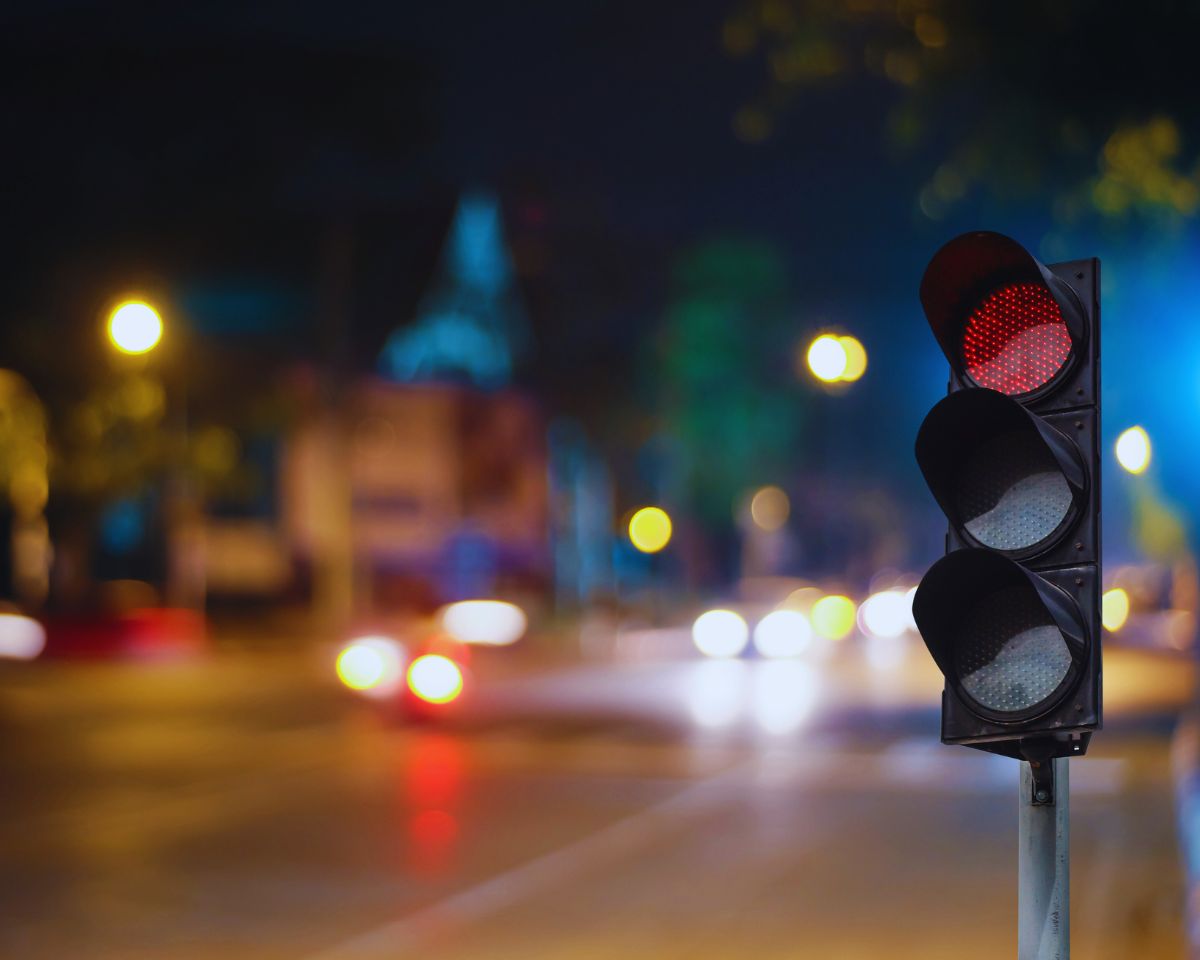Understanding California Vehicle Code § 21453 CVC: Running a Red Light
Running a red light is one of the most common traffic violations in California, yet it carries significant legal, financial, and safety consequences. California Vehicle Code § 21453 CVC outlines the responsibilities of drivers when approaching intersections controlled by red lights or red arrows.
This detailed guide covers what the law states, the risks of red light violations, penalties for noncompliance, possible legal defenses, and practical tips to ensure safe and lawful driving behavior at intersections.
What Does California Vehicle Code § 21453 CVC State?
CVC § 21453 provides specific rules about how drivers must behave when encountering traffic signals. Below is a breakdown of its main provisions:
1. Red Circular Signal – 21453 CVC(a)
When facing a steady circular red signal:
Drivers must come to a complete stop at the marked limit line.
If no limit line is present, the stop must occur before the crosswalk.
If there is no crosswalk, the stop must be made before entering the intersection.
Drivers must remain stopped until a signal indicates they may proceed.
2. Right Turn on Red – 21453 CVC(b)
California permits a right turn on red under specific conditions:
The driver must first come to a complete stop.
The turn may be made only when safe, and drivers must yield to all pedestrians and vehicles with the right-of-way.
The turn must not be made if there is a posted sign prohibiting a right turn on red.
Additionally, a driver may turn left on red from a one-way street onto another one-way street, following the same safety requirements.
3. Red Arrow – 21453 CVC(c)
If facing a steady red arrow, a driver must:
Not enter the intersection to make the movement indicated by the arrow.
Stop completely and wait until the signal allows movement in the direction of the arrow.
4. Pedestrian Rules – 21453 CVC(d)
Pedestrians must not enter the roadway during a steady red or red arrow signal unless a pedestrian control signal indicates otherwise, as provided in California Vehicle Code § 21456.
Why Running a Red Light Is Dangerous
Red light violations are considered hazardous because they increase the risk of severe accidents, often involving pedestrians, cyclists, or cross-traffic.
1. Intersection Collisions
Running a red light significantly increases the likelihood of T-bone or side-impact crashes. These types of collisions are more likely to cause serious injuries or fatalities due to limited vehicle protection from the side.
2. Pedestrian and Cyclist Risks
Pedestrians rely on red signals to safely cross the road. Vehicles that ignore red lights can cause fatal accidents with law-abiding pedestrians and cyclists.
3. Reduced Reaction Time
Drivers who run red lights are often distracted or speeding, reducing their reaction time and increasing the chances of missing critical visual cues at intersections.
Penalties for Violating 21453 CVC
Violating California’s red light laws can lead to a range of legal and financial consequences:
1. Monetary Fines
The base fine for a red light violation is $100.
With court fees, assessments, and surcharges, the total cost typically ranges from $490 to $550.
Violations caught by red light cameras carry similar penalties.
2. DMV Points
A red light violation under 21453 CVC adds 1 point to your Department of Motor Vehicles (DMV) driving record.
Accumulating 4 or more points within 12 months can lead to a license suspension under the Negligent Operator Treatment System (NOTS).
3. Traffic School
Eligible drivers may attend traffic school to prevent the point from being visible to insurers or employers.
Traffic school eligibility generally applies if the violation did not involve an accident or commercial vehicle.
4. Insurance Rate Increases
Insurance companies typically view red light violations under 21453 CVC as indicators of risky driving behavior, which may lead to higher premium rates for at least three years.
Defenses Against a 21453 CVC Violation
Receiving a ticket under 21453 CVC doesn’t automatically mean you’re guilty. Some valid legal defenses include:
1. Obstructed or Malfunctioning Signal
If the red light was blocked by trees, construction equipment, or other obstructions—or was not functioning correctly—the citation may be disputable.
2. Emergency Situations
Running a red light due to a medical emergency, road hazard, or to yield to an emergency vehicle can be a legally acceptable reason for the violation.
3. Mechanical Failure
Sudden brake failure or other vehicle malfunctions may serve as a defense if there’s verifiable evidence (e.g., repair receipts or expert testimony).
4. Insufficient Evidence
In some cases, especially involving red light cameras, there may be insufficient or unclear evidence. If law enforcement cannot prove the driver’s identity or the circumstances clearly, the ticket may be dismissed.
How to Avoid 21453 CVC Violations
Avoiding a violation under California Vehicle Code 21453 CVC is possible with careful and responsible driving. Here are some tips:
Approach intersections cautiously. If the light has been green for a while, be prepared for a possible change.
Always make a complete stop before turning right on red. Rolling stops are both illegal and unsafe.
Yield to pedestrians and cyclists. Even when turning on red, you must give them the right of way.
Avoid distractions. Using a phone, eating, or any other distraction increases your risk of missing traffic signals.
Look both ways before entering an intersection, even on green, to ensure cross-traffic isn’t running a light.
Obey all posted signs, especially “No Turn on Red” or warnings about red light cameras.
Frequently Asked Questions
1. Can I turn right on red in California?
Yes, unless a posted sign prohibits it. You must make a full stop and yield to pedestrians and oncoming traffic before proceeding.
What if the light turns red after I enter the intersection?
If you entered on yellow and the light turned red while you were already in the intersection, you are generally not in violation.
2. Will a red light camera ticket go on my driving record?
Yes. It is considered a moving violation and results in 1 DMV point, unless dismissed or masked through traffic school.
3. How can I contest a red light ticket?
You can request a court hearing to challenge the ticket. Present evidence such as dashcam footage, witness statements, or proof of vehicle malfunction.
Conclusion
California Vehicle Code § 21453 CVC plays a vital role in maintaining safety and order on the state’s roads. Running a red light not only increases the risk of collisions but also carries serious legal and financial consequences.
By understanding the law and consistently practicing safe driving habits, motorists can avoid costly tickets, preserve clean driving records, and most importantly, protect the lives of themselves and others.
For legal questions, consult with a qualified traffic attorney—such as the experienced team at Southwest Legal, who specialize in California traffic defense.





